Remembering when to take each pill, how much to take, and when to refill a prescription can be more complicated than it sounds. Between busy routines and complex treatment plans, even the most organized patients can struggle to stay consistent.
Did you know?
Research from the World Health Organization WHO shows that nearly 50% of patients with chronic illnesses don’t take their medications as prescribed, which often leads to avoidable hospital visits and higher healthcare costs. This highlights the urgent need for smarter, more reliable solutions.
That’s where medication management app development comes in. These apps turn confusion into clarity by helping users track doses, set reminders, and share updates with their healthcare providers.
However, for doctors and caregivers, these apps make it easier to spot patterns, monitor adherence, and offer support exactly when it’s needed.
Moreover, as healthcare app development continues to evolve, medication reminder apps are empowering patients to take control of their well-being with confidence and ease.
In this blog, we’ll explore the essential features, compliance standards, and development costs of creating a medication management app that truly makes a difference.
So, let’s begin creating these meditation applications!
Table of Contents
How to Develop Medication Management Apps?
Behind every medication management app lies a carefully planned process focused on making healthcare more straightforward and safer. Developers combine research, design, and technology to create an experience that helps patients stay on track and empowers providers with reliable data.
Here are the main steps that ensure the app is practical, user-friendly, and safe for everyone:
1. Planning & Research
Developers start by understanding patient needs, healthcare workflows, and regulatory requirements. This ensures the app solves real problems without compromising safety.
2. UI/UX Design
A clean, intuitive interface is necessary. After all, an app that’s hard to navigate won’t help anyone stay on track with their medications. That’s why professional UI/UX design services are so essential.
3. Backend Development & Integration
This is where the app stores data securely, connects with wearables, and ensures all information flows smoothly. Effective backend development solutions make this possible.
4. Testing & Quality Assurance
Before launch, every feature is tested for bugs, usability, and compliance. The goal? An app that works reliably, keeps data safe, and actually makes life easier for patients and providers. Expert software quality assurance services help ensure this.
Now, look at the core features that make these apps so valuable for both patients and healthcare providers!
What Are the Primary Features of Medication Management Apps?
Managing medications can be overwhelming, especially when dealing with multiple prescriptions or complex schedules. Missed doses or incorrect intake can negatively impact health, increase medical costs, and complicate treatment plans.
Medication management apps provide practical solutions to make this process easier and safer. They help users stay organized while offering tools to monitor medication routines effectively.
These apps’ salient features include:
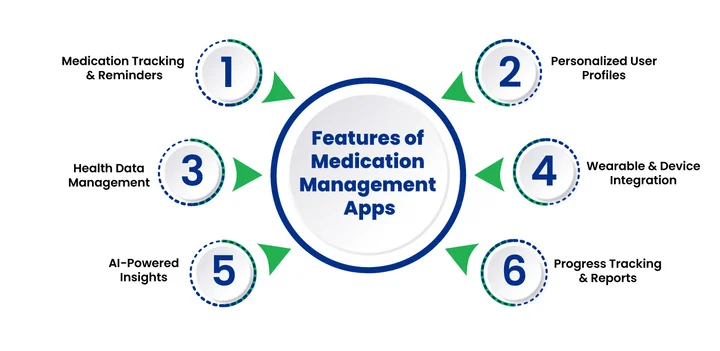
1. Medication Tracking and Reminders
Notifications and dose-logging systems help patients stay consistent with their prescriptions. Studies show reminders can improve adherence rates by up to 35%, keeping patients on track and reducing complications. This makes tracking one of the core pillars of medication adherence app development.
2. User Profiles and Health Data Management
Personalized profiles store vital information such as prescriptions, allergies, and medical history, making it easier for both patients and providers to manage treatment plans effectively.
3. Integration with Wearables and Health Devices
Seamless integration with smartwatches or fitness devices allows for real-time tracking of vitals, physical activity, and medication schedules. Such integrations are vital for developing pharmacy apps with medication-tracking or chronic disease management features.
4. AI-Powered Insights and Recommendations
Integrating AI in healthcare apps enhances the intelligence of medication management. AI can analyze adherence patterns, detect missed doses, and offer personalized recommendations, helping patients improve routines while allowing providers to take proactive actions.
Furthermore, combining these features creates a holistic system that not only simplifies medication management but also fosters accountability, confidence, and better health outcomes.
Thinking about building a medication management app, but unsure where to start?
Now that we understand the features, the next step is to explore the compliance requirements that make these apps safe and trustworthy.
What Compliance Standards Requirements Must Medication Management Apps Meet?
When it comes to handling sensitive health information, there’s no room for shortcuts. Medication management apps help to store a treasure trove of personal health data. That means developers and healthcare providers must follow strict rules to keep this data safe, private, and trustworthy.
Meeting compliance standards builds confidence. Patients feel secure sharing their information, and providers can rely on accurate, protected data to make informed decisions.
In the following, we’ll break down the fundamental compliance requirements your app must meet to ensure safety, privacy, and trustworthiness.
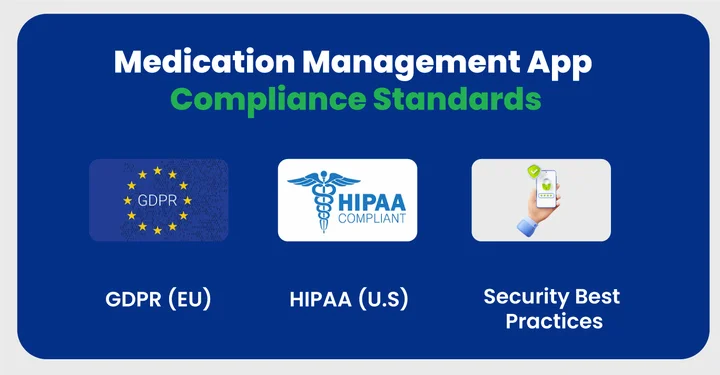
HIPAA Compliance: Keeping Patient Data Safe in the U.S.
HIPAA sets the standard for protecting patient health information in the U.S. For medication management apps, the following is a promise that users’ data will be kept safe.
Primary requirements include:
- Secure storage & transmission: Encrypt all patient data.
- Controlled access: Only authorized users can view sensitive info.
- Audit trails & regular security checks: Track access and maintain compliance.
- Patient consent: Clear permission before sharing data.
- Data backup & recovery: Ensure no information is lost during system issues.
For example, when a patient updates their medication, HIPAA ensures that only authorized providers can see it, thereby building trust and protecting health information.
GDPR Considerations: Giving Patients Control in the EU
If your app serves users in the EU, GDPR for healthcare apps is essential. It ensures transparency and accountability and gives patients full control over their personal health data, safeguarding their privacy at every step.
Important points to follow:
- Explicit consent: Patients must know what data is collected and agree to it.
- Right to access & portability: Users can request their data at any time and even move it to another service.
- Right to be forgotten: Patients can request the deletion of their information.
- Secure processing: Keep all data safe with strong encryption and access controls.
Think of GDPR as giving your users the secrets to their own health information. They stay in charge, and your app earns their trust.
For example, if a patient wants to export their medication history to share with a new doctor, GDPR makes it easy and secure.
Security Best Practices: Making Your App Like a Pro
Even if your app follows HIPAA and GDPR, strong security is what keeps patient data truly safe. Think of it as building a digital fortress around sensitive health info.
Important practices include:
- Encryption in transit and at rest: Protect data whether it’s being sent or stored.
- Multi-factor authentication (MFA): Add an extra layer of security to user accounts.
- Regular security audits: Identify and proactively fix vulnerabilities.
- Secure integrations: Ensure APIs connecting to wearables or health devices are protected.
- Automatic backups & disaster recovery: Keep data safe even during crashes or attacks.
In short, it’s like giving your app a strong lock, an alarm system, and a backup plan, all at once. Next, let’s break down the costs of bringing such a helpful app to life.
After reading this section, you’ll understand the major pricing factors, including:
- Platform selection (iOS, Android, or Web)
- Backend security & compliance
- Maintenance & update costs
How Much Does It Cost to Develop a Medication Management App?
The cost of developing a medication management app depends on several factors. Instead of a single number, it’s better to look at what drives the investment, such as:
1. Feature Complexity
The more features your app includes, the more time, effort, and resources it requires. Here’s what that means for you as a reader:
- Stay organized effortlessly: Simple medication reminders help you never miss a dose.
- Get smarter guidance: Advanced features like AI insights can suggest optimal routines.
- Connect seamlessly: Integrations with wearables let you track health in real time.
- Empower your care team: Real-time provider monitoring ensures timely interventions when needed.
- Estimated cost: $15,000–$50,000+, depending on the complexity of features you want.
2. Platform Selection (iOS, Android, Web)
Your app’s platform determines who can access it and how much it will cost to develop and maintain.
The summary is as follows:
| Platform | Description | Estimated Cost |
|---|---|---|
| Single-platform | iOS or Android | $10,000–$35,000 |
| Cross-platform | Both iOS & Android | $20,000–$60,000+ |
| Web Integration | Desktop access | $5,000–$25,000 |
3. Backend & Security Requirements
A robust backend ensures your app runs smoothly, stores data safely, and integrates well with other systems. Security is especially critical in healthcare apps to protect patient information.
- Database & Server Setup: Handles user data, medication schedules, and provider information efficiently.
- APIs & Integrations: Connect with wearables, pharmacies, or hospital systems for real-time updates.
- Data Encryption & Compliance: Secure sensitive data with encryption and follow regulations like HIPAA or GDPR.
- Scalability: Ensure the backend can handle growing user numbers without slowing down.
- Estimated cost: $15,000–$50,000+, depending on complexity and security requirements.
4. Maintenance & Updates
Developing the app is just the beginning. Regular maintenance ensures smooth performance, security, and compatibility with new devices or OS updates.
- Bug Fixes & Performance Optimization: Keep the app running smoothly for all users.
- Feature Improvements: Add new functionalities based on user feedback or changing regulations.
- Security Updates: Protect sensitive health data with the latest patches and encryption standards.
- Estimated cost: $5,000–$20,000 per year, depending on app complexity and update frequency.
In short, the cost of developing a medication app can vary depending on features, backend complexity, and ongoing maintenance. Here’s an overview of typical development expenses to help you plan your budget:
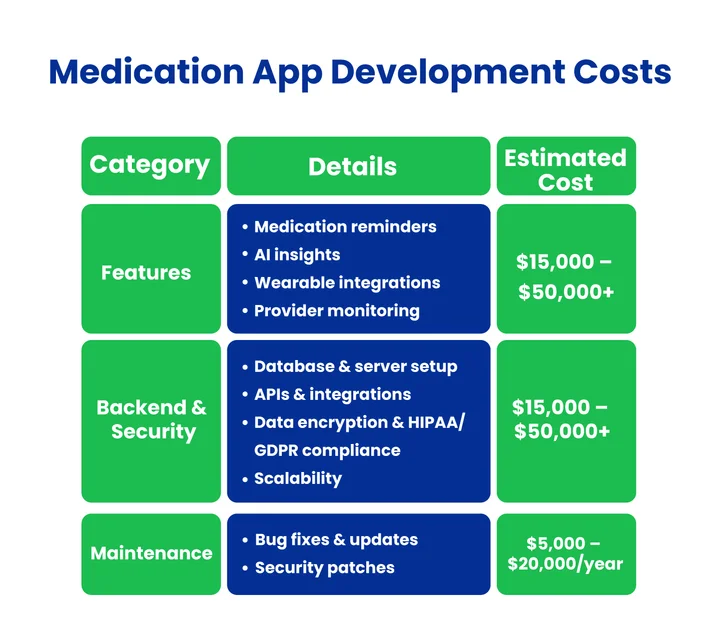
Frequently Asked Questions (FAQs)
2. Do medication management apps need to comply with HIPAA or GDPR?
Yes. If your app handles patient health data, compliance is essential. These frameworks ensure:
- Data encryption during storage and transmission
- Explicit user consent for data sharing
- Access control for authorized users only
- Audit trails to maintain accountability
- User rights for data access or deletion (under GDPR)
3. How much does it cost to develop a medication management app?
The cost depends on the features, platform, and security level you choose.
- Basic apps: $15,000–$30,000
- Advanced apps (AI, integrations): $50,000–$100,000+
- Maintenance: Around $5,000–$20,000 per year
4. How long does it take to build one?
The development timeline varies by complexity:
- MVP or basic version: 3–4 months
- Full-featured solution: 6–9 months
Thorough testing and compliance checks can extend this timeframe but ensure long-term reliability.
5. How do these apps benefit healthcare providers?
Medication management apps support providers by:
- Giving real-time insights into patient adherence
- Allowing early intervention when doses are missed
- Improving communication and treatment outcomes
- Reducing hospital readmissions through better monitoring
Final Takeaway: Empowering Patients with Smarter Medication Management
Managing medications can be challenging for both patients and providers. Fortunately, a well-designed mobile app can simplify the process by offering reminders, tracking, and AI-powered insights that help patients stay on schedule while providing providers with the data they need to make timely decisions.
While building such an app may seem complex, working with experienced mobile app development professionals ensures your solution is secure, compliant, and intuitive for users.
However, medication management becomes easier and more empowering when the appropriate features are combined with a well-considered design. With the right medication management app development strategy, providers and patients can finally close the gap in medication adherence.
The end goal is simple: turn a once-overwhelming task into a tool that boosts adherence, confidence, and health outcomes for everyone.
Worried about building a secure, compliant, and user-friendly medication management app?


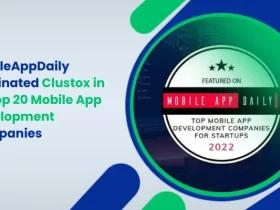
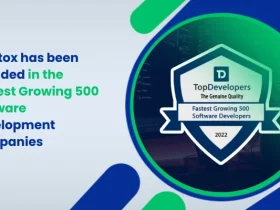
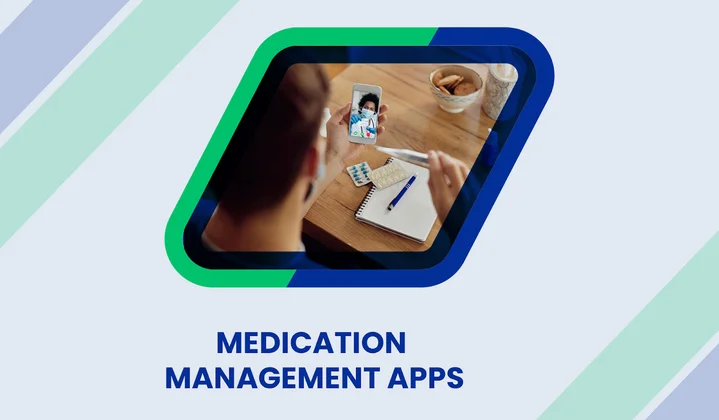
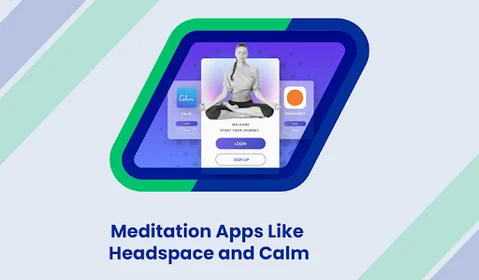
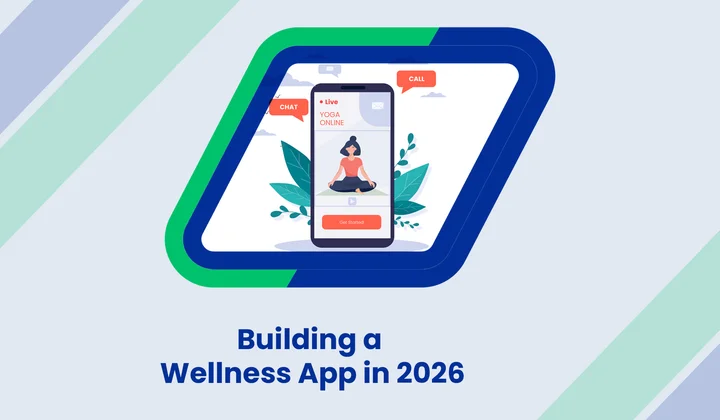

Share your thoughts about this blog!